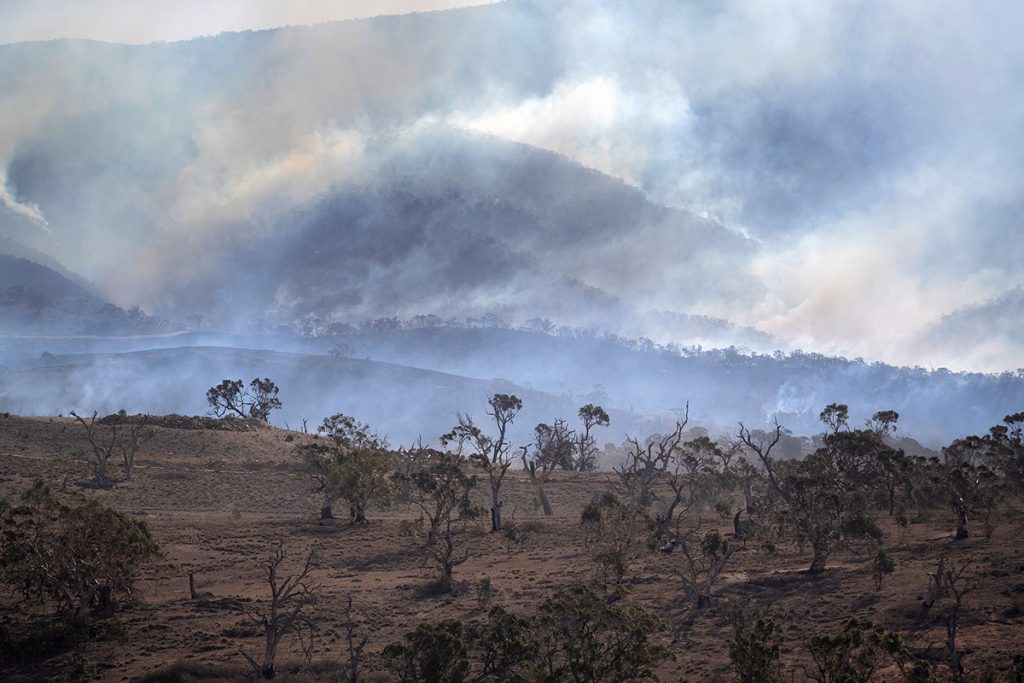The world has been evolving even as we speak and every day, lives are changing by the second. Some are experiencing the calm before the storm while others are in the middle of a full-blown wildfire. Although half of the world may not understand why never leave their place of origin, it is also important to consider how the concept of “adaptation” has made living within disastrous areas become more livable as time passes by.
Other examples of adaptation we can freely observe on a day-to-day basis are as follows:
- Adaptive capacity – examples of this are houses made of heavy materials and stronger foundations built within tornado alleys
- Agricultural adaptation – farmers’ rotation on planting crops depending on the type of climate or season
- Community adaptation – this includes modifications implemented within the community as a whole especially within high-risk areas
- Ecosystem adaptation – where animals and the environment adapt to survive during times like drought or heavy raining
- Water adaptations – the migration of aquatic species towards one body of water to another during a specific time of the year or mainly for survival purposes
As Einstein once said, the measure of intelligence is the ability to change. Mitigation is not enough to ensure the survival of the planet. Therefore, adaptation became the norm when it comes to coexisting within communities critical to flooding, tremors, tornadoes, hailstorms, and the like. Much like the animals in the wild, humans had also learned how to adapt to climate changes as their solutions.

